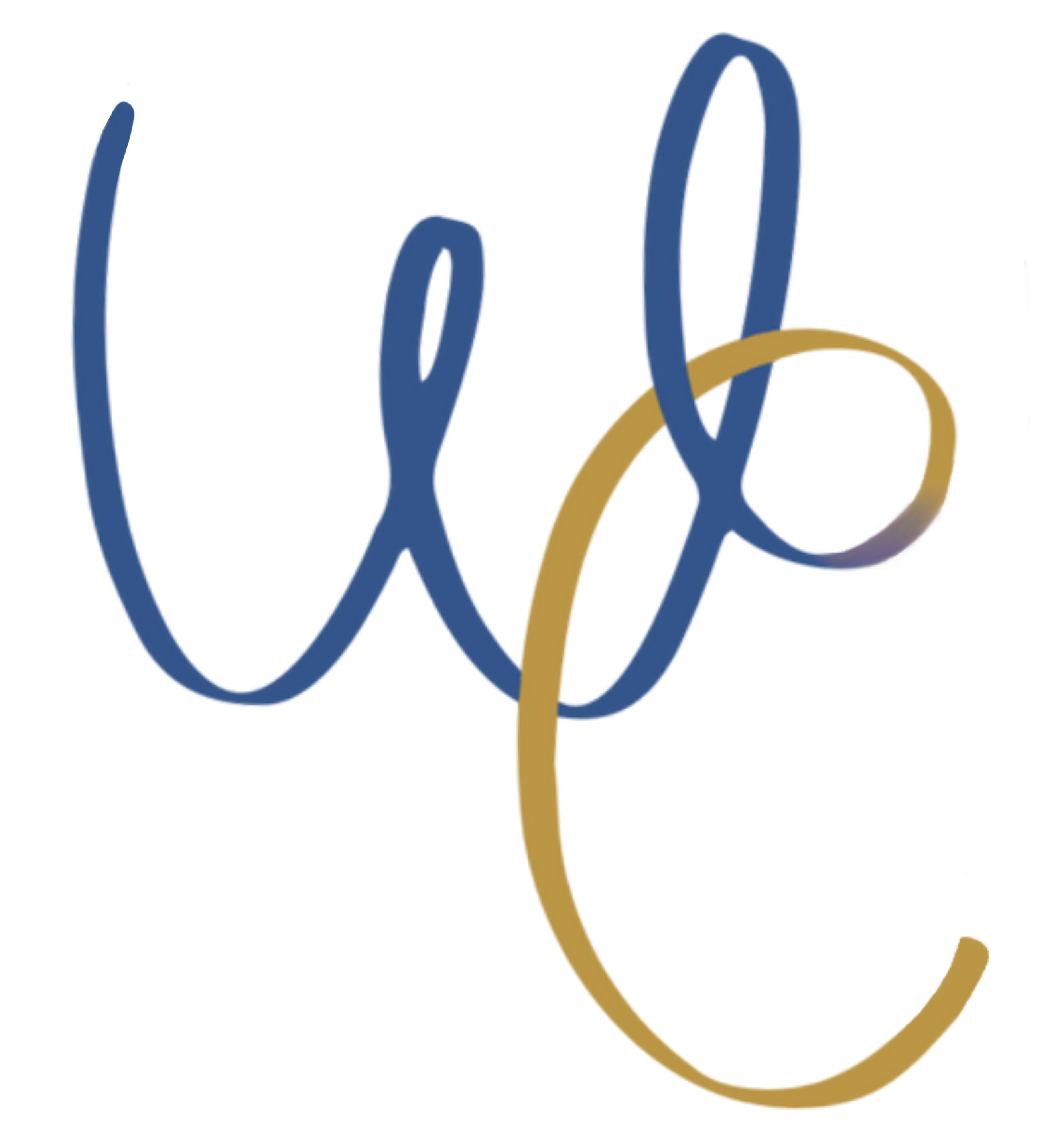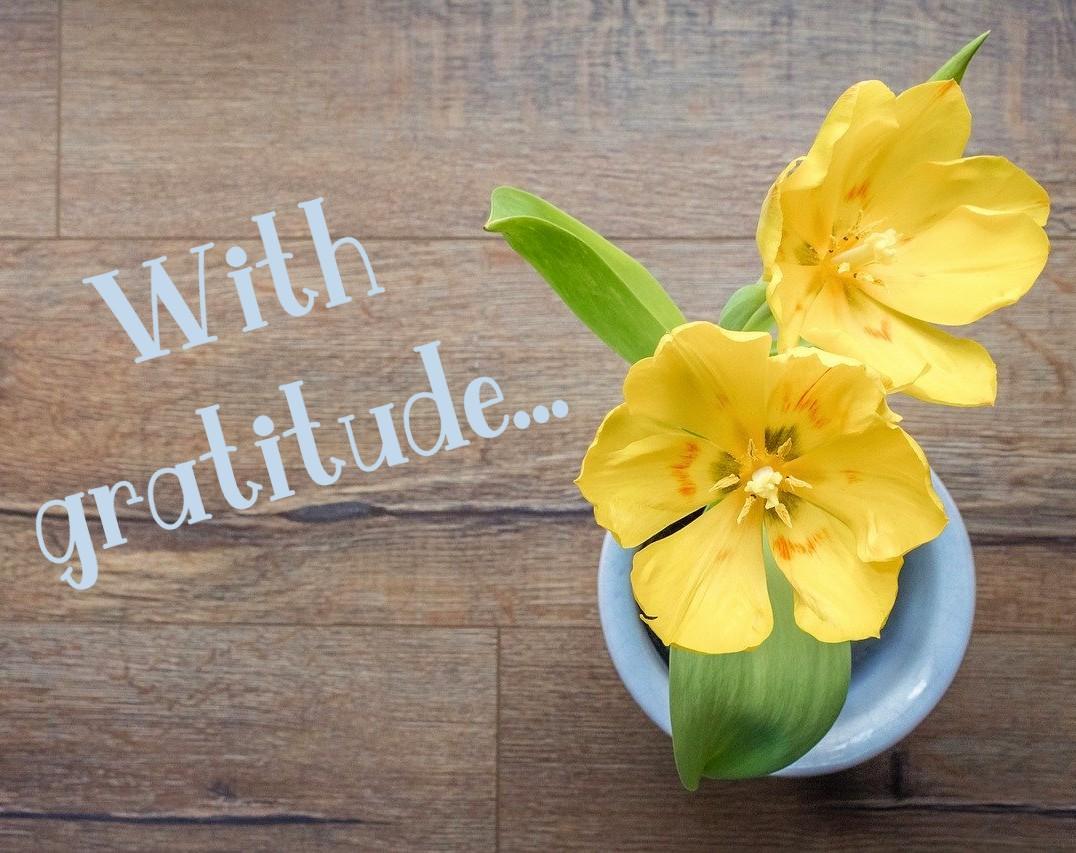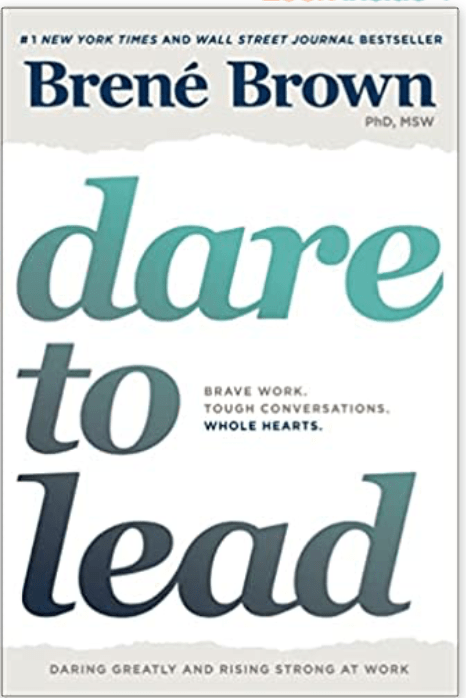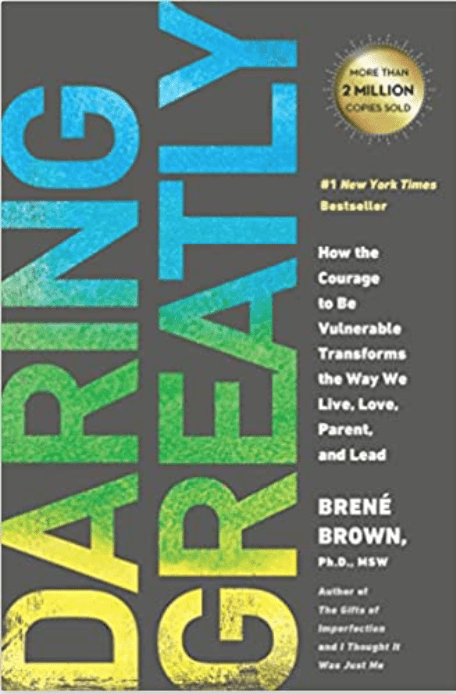

Xplore: Keep Thinking Connecting with Self and Others After Adversity

Welcome to the resource page, prepared specifically for the students at Xplore.
For those of you who are wanting to explore these topics beyond the scope of the classes at Xplore, Carolyn Klassen is offering The Daring Way™ course November 4-6. If you’re interested, look at the article for more information.
Week 1: The pdf of the slides from October 5 class are here.
I used some material from Emilie and Amelia Nagoski’s book on Burnout and referred to a Harvard Business Review article on Burnout which you may want to look at.
I read a passage in class from Connecting, by Larry Crabb.
To learn more about the psychological distancing feeling of shame, take a look at Dr. Brené Brown’s TED talk, Listening to Shame.
Creative Prompts for Journalling/Art/Discussion/Contemplation:
- Make a list of all the losses you experienced during the lockdowns of COVID-19 during the last 2.5 years. What are permanent losses that you can’t get back, losses you had for a time, activities/people/parts of yourself that you missed?
- As you reflect on shame, what does it feel like? What does shame sound like? If Shame was a character, what role does it play in your life?
- Think about the importance of connection in your life. What relationships have powerfully shaped you and in what ways have they shaped you?
Week 2 The pdf of the slides from October 12 class are here.
The difference between guilt and shame can be found here.
Dr. Vivek Murthy has written a great book, Together, that addresses loneliness at all levels. Stephanie Cacioppo, is a neuroscientist, writes a book that is both deeply nerdy and deeply personal about her relationship with one of the world’s foremost scientists on lonelienss, John Cacioppo: Wired for Love.
I participated in a two week series at The Meeting place earlier this year on loneliness…the Youtube videos of these sermons are at the bottom of this page.
Creative Prompts for Journalling/Art/Discussion/Contemplation:
- We live in a fallen world–thus, no one feels completely known and loved. Write a letter of friendship to the part of you that is lonely–write a letter of connection to the part of you that feels so disconnected from others.
- Write a job description for a “Minister of Loneliness” in your community. What needs to be done? What needs to be understood? What actions do you long for such a person to take?
- Spend some time in Mark 5. Get to know Faith, the woman who was healing by reaching out for her own healing. What does she want you to know about healing?
Week 3
The pdf of the slides from October 19th class are here.
A video you can watch about:
-the greatest myth of vulnerability is here.
-numbing and Perfectionism is here
Creative Prompts for Journalling/Art/Discussion/Contemplation
- Vulnerability is hard for all of us. When are some times when you chose to be vulnerable and it worked out well? When did you get burned by being vulnerable?
- What sort of relationship did Jesus have with vulnerability? In our efforts to live more and more into our “imagedness” as a child of God, what would it look like for us to relate to vulnerability as Jesus did?
- Of foreboding joy, numbing and perfectionism–which one is your “go to” strategy to avoid shame and vulnerability? What sort of problems has this behavior created for you, even as you sought to solve a problem by engaging in it?
Week 4
The pdf of the slides from October 26 class are here.
Offloading Pain and Shame Shields are described in greater detail in Brené Brown’s book, Rising Strong–which is a book about rising after a life fall/time of adversity.
A summary of the 6 ways of offloading:
• Chandeliering. We think we’ve packed the hurt so far down that it can’t possibly resurface, yet all of a sudden, a seemingly innocuous comment sends us into a rage or sparks a crying fit. Or maybe a small mistake at work triggers a huge shame attack. Perhaps a colleague’s constructive feedback hits that exquisitely tender place and we jump out of our skin.
• Bouncing Hurt. Our ego is the part of us that cares about our status and what people think, about always being better than and always being right. I think of my ego as my inner hustler. Our inner hustlers have very little tolerance for discomfort or self-reflection. The ego doesn’t own stories or want to write new endings; it denies emotion and hates curiosity. Avoiding truth and vulnerability are critical parts of the hustle. Anger, blame, and avoidance are the ego’s bouncers.
–Anger: It’s much easier to say, “I don’t give a damn,” than it is to say, “I’m hurt.”
-Blame: Finding fault, making excuses, inflicting payback, and lashing out – all of which are ultimate forms of self-protection.
-Avoidance: Thinking “I’m fine – no worries” or pretending that it doesn’t matter, that we’re impervious. We adopt a pose of indifference or stoicism, or we deflect with humor and cynicism. Whatever. Who cares?
• Numbing. I can take the edge off emotional pain with . . . . For many of us, the first response is not to lean in to the discomfort and feel our way through, but to make it go away. We do that by numbing the pain with whatever provides the quickest relief. We can take the edge off emotional pain with a whole bunch of stuff, including alcohol, drugs, food, sex, relationships, money, work, caretaking, gambling, affairs, religion, chaos, shopping, planning, perfectionism, constant change, and the Internet. But we can’t selectively numb emotions – when we numb the dark, we also numb the light.
• Stockpiling. Stockpiling starts like chandeliering, with us firmly packing down the pain, but here, we just continue to amass hurt until the wisest parts of us, our bodies, decide that enough is enough. The body’s message is always clear: Shut down the stockpiling or I’ll shut you down. The body wins every time.
High-Centered. If I recognize my hurt or fear or anger, I’ll get stuck. Once I engage even a little, I won’t be able to move backward and pretend that it doesn’t matter, but moving forward might open a floodgate of emotion that I can’t control. I’ll be stuck. Helpless. Recognizing emotion leads to feeling it. What if I recognize the emotion and it dislodges something and I can’t maintain control? I don’t want to cry at work or on the battlefield or when I’m with my parents. Getting high centered is the worst because we feel a total loss of control. We feel powerless.
The Umbridge. This is present when light and dark are not integrated at all. There’s almost something foreboding about overly sweet and accommodating ways. All that niceness feels inauthentic and a little like a ticking bomb. I named this after J. K. Rowling’s character Dolores Umbridge in Harry Potter and the Order of the Phoenix. Umbridge wears cutesy pink suits and pillbox hats, adorns her pink office with bows and trinkets decorated with kittens, and is a fan of torturing children who misbehave.Th e Umbridge presents as “Everything is awesome,”or“I just never really feel angry or upset,” or “If you’re just positive, you can turn that frown upside down” – often masking real pain and hurt. These behaviors are as much red flags as brooding and anger are.
The opposite of offloading is integrating. The methods outlined above represent different ways that we fail to integrate into our lives the hurt that arises in our stories of struggle. Instead of bringing our stories in, we push them away, and in the process, they define us. If you don’t get curious and you instead just offload hurt, the offloading is what defines you.
Creative Prompts for Journalling/Art/Discussion/Contemplation
- Consider a recent experience where you are able to recognize that you offloaded your pain. In a space of gentle curiosity, explore the pain that was underlying your reaction. Notice your offloading–where you did learn to offload in this way? What would it have looked/sounded like to show up as fully yourself in mindful way?
Integrating emotion is difficult when you do not have language or understanding of emotion. Let me give you a few tools for increasing emotional literacy:
Dr. Marc Brackett has a book, entitled Permission to Feel that gives a five stage process to understanding and processing emotion. I really like this book.
Dr. Brené Brown just published a book, Atlas of the Heart, which defines and explains 80+ emotions to allow a person a chance to be able to name their experience. I also recommend this book.
A quick way to identify emotions is The Feeling Wheel. I like to use this with clients who know they feel something but can’t put a name to it on their own, but can recognize it on the wheel. Print it off and stick it to the fridge to have it hand! 🙂
Week 5
The pdf of the slides for Week 5, Shame Shields and Connection are here.
Creative Prompts for Journalling/Art/Discussion/Contemplation:
1. What personal mantra/prayer/verse have you used to find a way to remain more authentic in yourself?
2. Have a little fun with this. Set your phone alarm to go off regularly throughout the day (once an hour, or once every two hours for example) and when it goes off, stop and pay attention to your world. Ask yourself, “What is happening inside of me? What have I ignored or minimized? How have I been communicating? How real have I been with other people? How real have I been with myself? How have I expressed my ‘Imagedness” lately?” That’s it. Just pay attention when the alarm goes off. It doesn’t sound like a big deal. But it is.
Week 6
The pdf of the slides can be accessed here.
“The story I tell myself” is an important concept we talked about. More about that can be found here.
We also talked about permission slips–giving ourselves permission to feel. Fun fact: I was in the studio audience of this video clip!!
Creative Prompts for Journalling/Art/Discussion/Contemplation:
- Try writing out permission slips for yourself. Actually write them out on little pieces of paper and put them in your pocket where you will feel them when you put your hand in your pocket. Notice them and the messages. Feel the grace that the Spirit than indwells is extending to you.
- Think back to a time when you have been hurt recently. Notice “the story you have been telling yourself” and write it out. For fun, on your own, contemplate alternative ways to “connect the dots” and write those down. Contemplate a way you could have checked out the story you tell yourself in a way that is courageous and connecting.
I’ve never taught in a setting like this–community learning–and didn’t know what to expect. I enjoyed your
- interest
- questions
- comments from groups
- excitement of learning for the sake of learning
- engagement with the material
I am grateful to all of you for participating. Thank you for the gift of your participation in this class!
Please do give feedback through the form. I’d love to keep learning!



Dare to Lead
"Brave Work, Tough Conversations, Whole Hearts" Available in soft cover, hard cover, audio and electronically. Applying the material to the workplace.

Daring Greatly
The good intro book to: "Show up, be seen, live brave"™ Available in all formats.